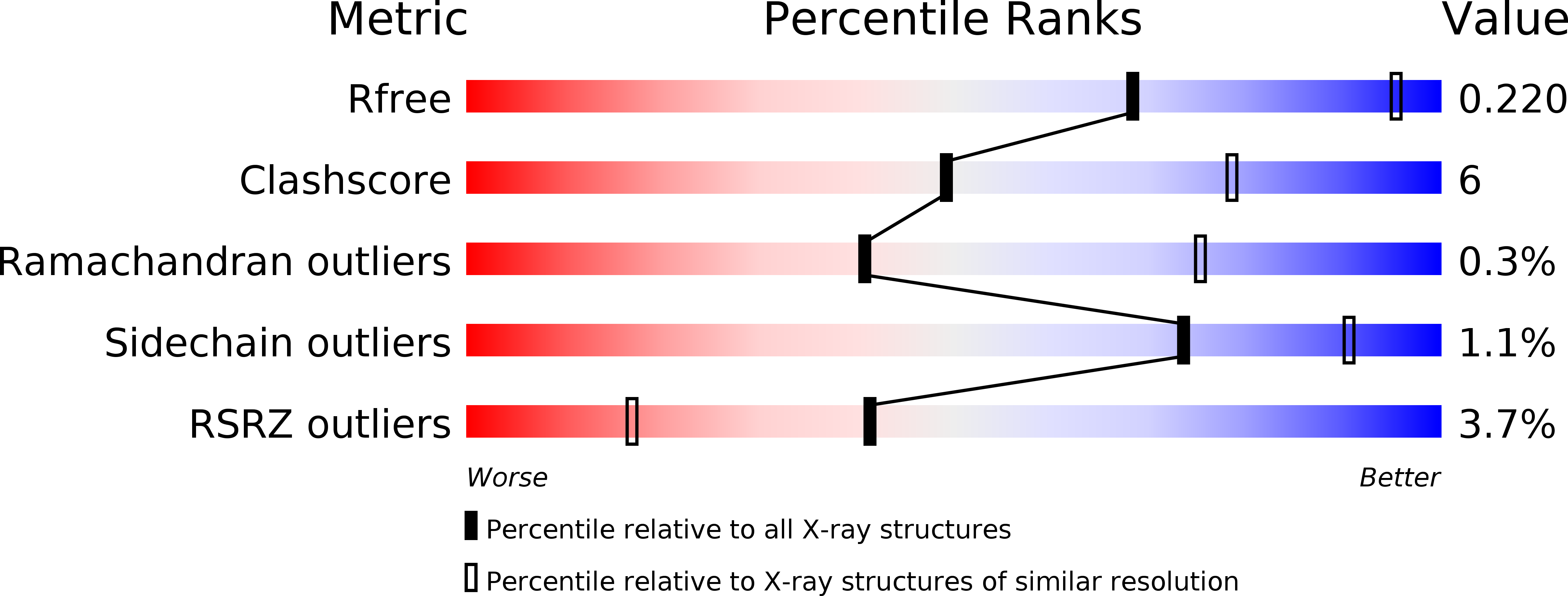
Deposition Date
2020-04-24
Release Date
2020-11-04
Last Version Date
2024-05-15
Entry Detail
PDB ID:
6YTT
Keywords:
Title:
CO-dehydrogenase/Acetyl-CoA synthase (CODH/ACS) from Clostridium autoethanogenum at 3.0-A resolution
Biological Source:
Source Organism:
Clostridium autoethanogenum DSM 10061 (Taxon ID: 1341692)
Method Details:
Experimental Method:
Resolution:
3.01 Å
R-Value Free:
0.22
R-Value Work:
0.19
R-Value Observed:
0.19
Space Group:
P 42 21 2


